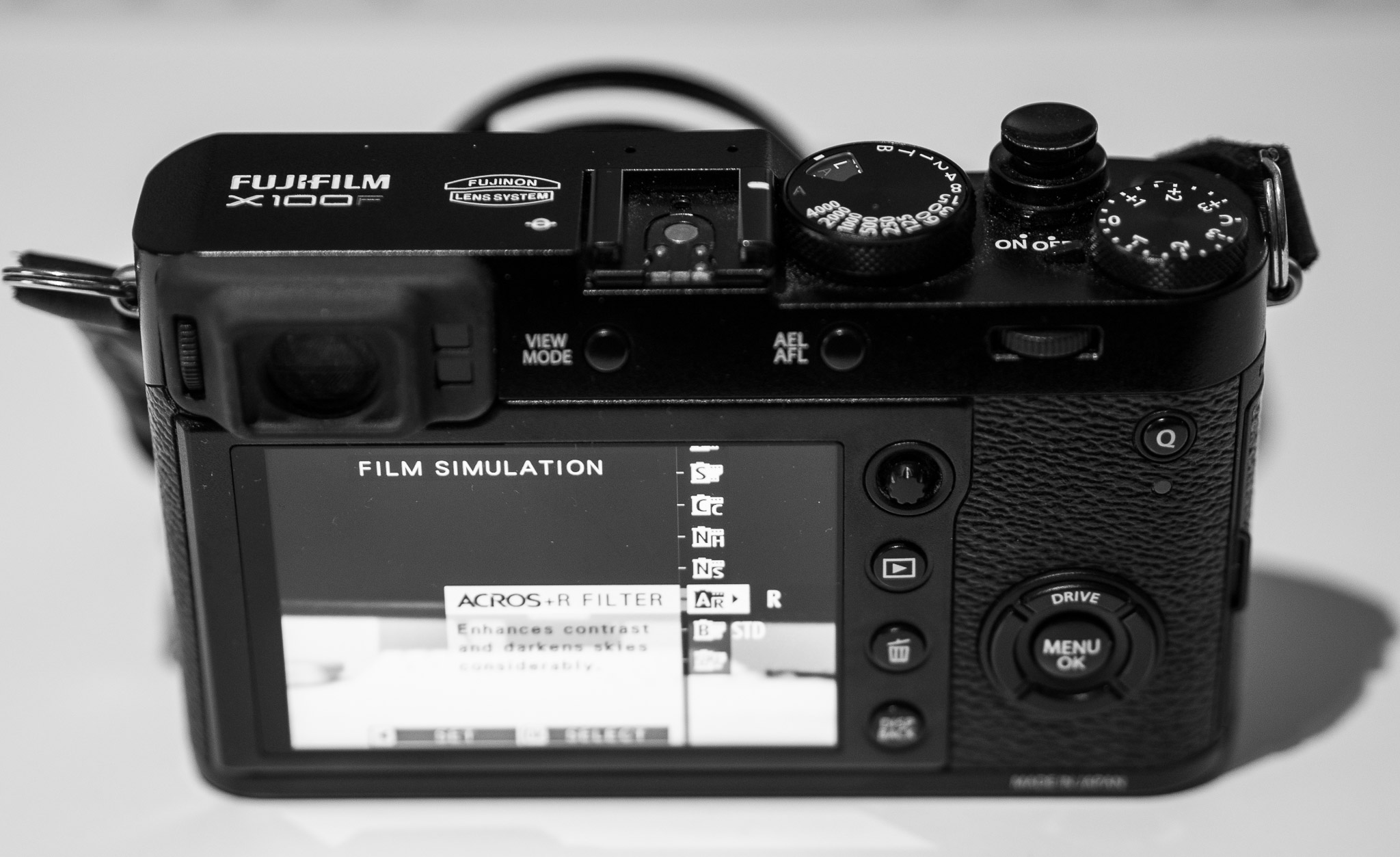
Introduction
We all know and love Fuji’s film simulations, because they sort of bring the good old film days into the new digital era. Sure, applying digital filters to an image is not the same as developing a roll of film in the dark room, but Fuji’s simulations have that unique look to it. With the new Fuji X-Pro2 camera, Fuji added a new simulation, the Acros. Acros is also available on the Fuji X100F, reason enough for me to make a comparison.
Provia and Monochrome
[twenty20 img1=”393″ img2=”403″ width=”100%” offset=”0.5″]
(PROVIA <-> MONOCHROME)
Provia and Acros
[twenty20 img1=”393″ img2=”399″ width=”100%” offset=”0.5″]
(PROVIA <-> ACROS)
Monochrome and Acros
[twenty20 img1=”403″ img2=”399″ width=”100%” offset=”0.5″]
(MONOCHROME <-> ACROS)
[twenty20 img1=”404″ img2=”400″ width=”100%” offset=”0.5″]
(MONOCHROME (Y) <-> ACROS (Y))
[twenty20 img1=”405″ img2=”401″ width=”100%” offset=”0.5″]
(MONOCHROME (R) <-> ACROS (R))
[twenty20 img1=”406″ img2=”402″ width=”100%” offset=”0.5″]
(MONOCHROME (G) <-> ACROS (G))
Conclusion
The differences between the MONOCHROME and the ACROS are very small. Acros has a little more contrast in the edges than the Monochrome, which I personally prefer. But as always, this is very subjective and personal preference.
